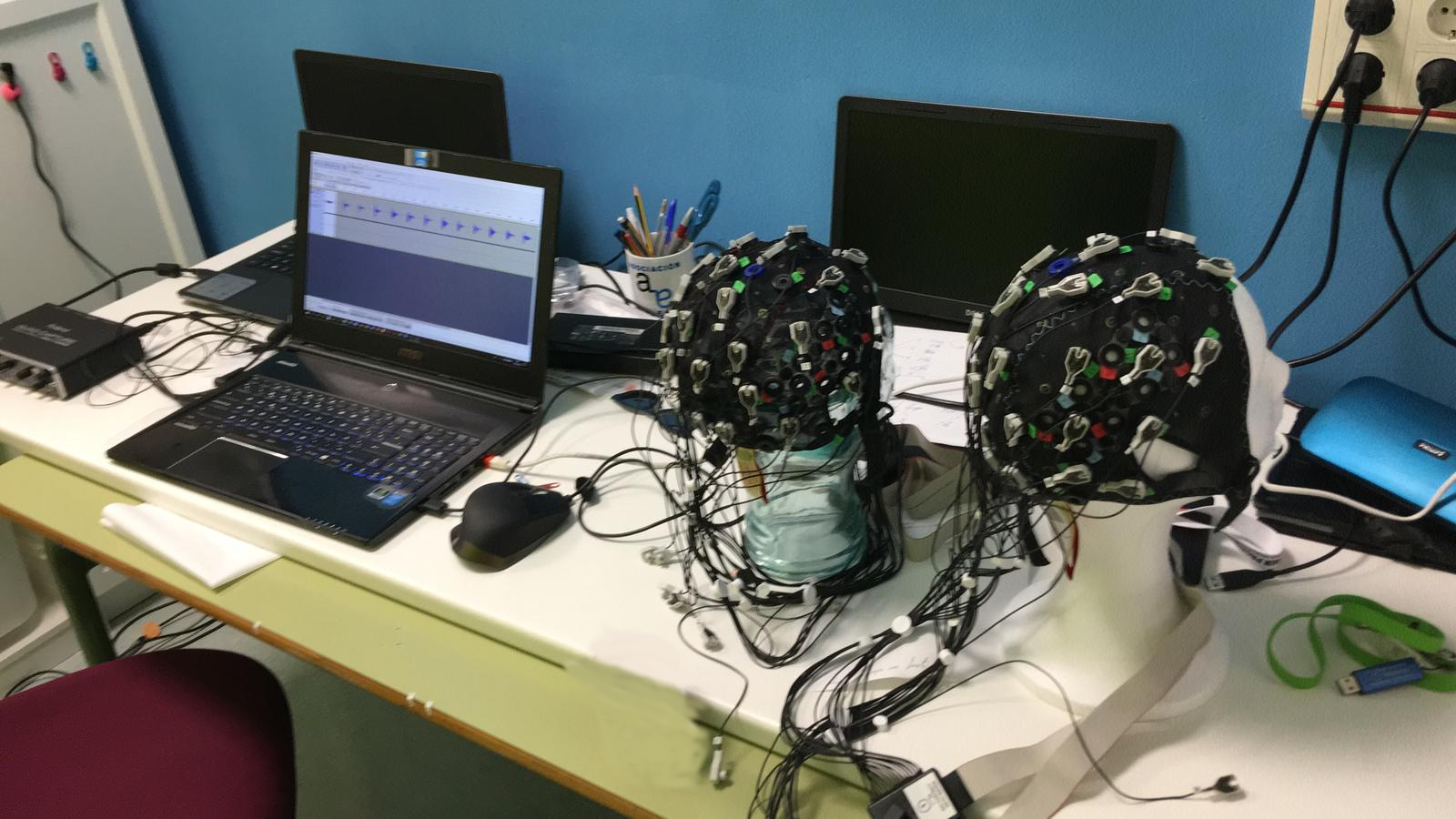Where medical imaging meets signal processing
The Biomedical Signal Processing, Computational Intelligence and Communications Security (BioSiP) research group develops its activity in statistical signal processing, data analysis, machine learning and deep learning mainly applied to biomedical signals. The research carried out in the last years, have provided an extensive background in these areas, developing different algorithms, methods and systems for computer aided diagnosis. Currently, BioSiP group co-direct the computational neuroscience laboratory, with last generation EEG and fNIRs equipment as well as it own High Performance Computing resources.
Statistical signal processing
Statistical signal processing for biomedical signals and communication systems.
Advanced methods for pattern recognition in time series, including EEG, fNIRs
Artificial Intelligence and Machine learning
Supervised and un-supervised learning. Statistical learning and new hibrid models. This also includes the development of deep learning models dealing with large datasets and taking advantage of specific purpose processing units.
Feature extraction, feature selection, generative and discriminative models are some of our working areas.
Computer Aided Diagnosis
Classification of brain images in neurodegenerative diseases. In this way, we have already published different works regarding CAD methods, systems and tools for the Alzheimer's and Parkinson's diseases.
Communications Security
Cryptography, cryptoanalysis
Computational Neuroscience
Our research is intended to create bridges between statistics/engineering and medicine. We develop signal processing, statistical and machine learning methods to explore biomedical data. Currently, we are exploring new paths associated with time series, mainly EEG, functional imaging Near Infrarred Spectroscopy (fNIRS) structural imaging such as MRI and functional imaging such as fMRI, PET and SPECT. We have succesfully applied many methodologies to evaluate the progression Alzheimer»s Disease or Parkinson»s Disease. Moreover, we are exploring EEG and fNIRS data in search of patterns for early diagnosis and the best knowledge of the brain mechanisms involved in Dyslexia, in the framework of the Leeduca Project.

